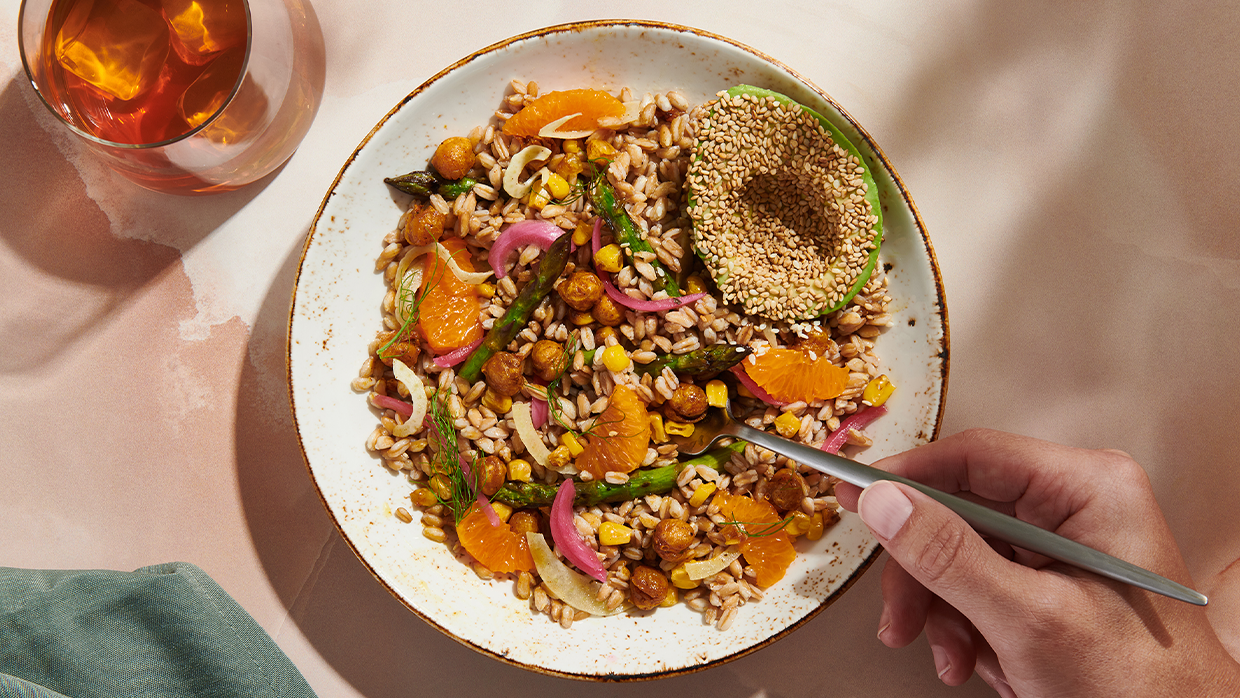Business and Industry
No blog found
-

-

Schools
School Food United Supports Sodexo's Sustainability Goals
-

Social Impact
Unlocking potential: Kieran’s journey to a fresh start
-

Social Impact
Unlocking opportunities: Marriott’s collaboration with Starting Fresh
-

Business and Industry
Why resilient pharma workplaces need the right amount of flex
-

Social Impact
Opportunities for prison leavers with Corporate Services and Starting Fresh
-

Live events
Measuring Impact At Preston North End Football Club
Discover and explore

